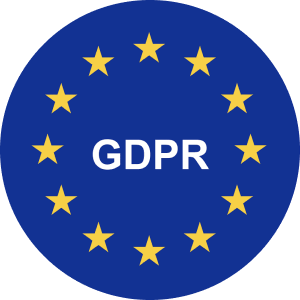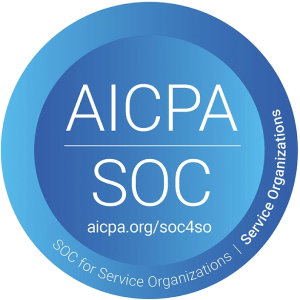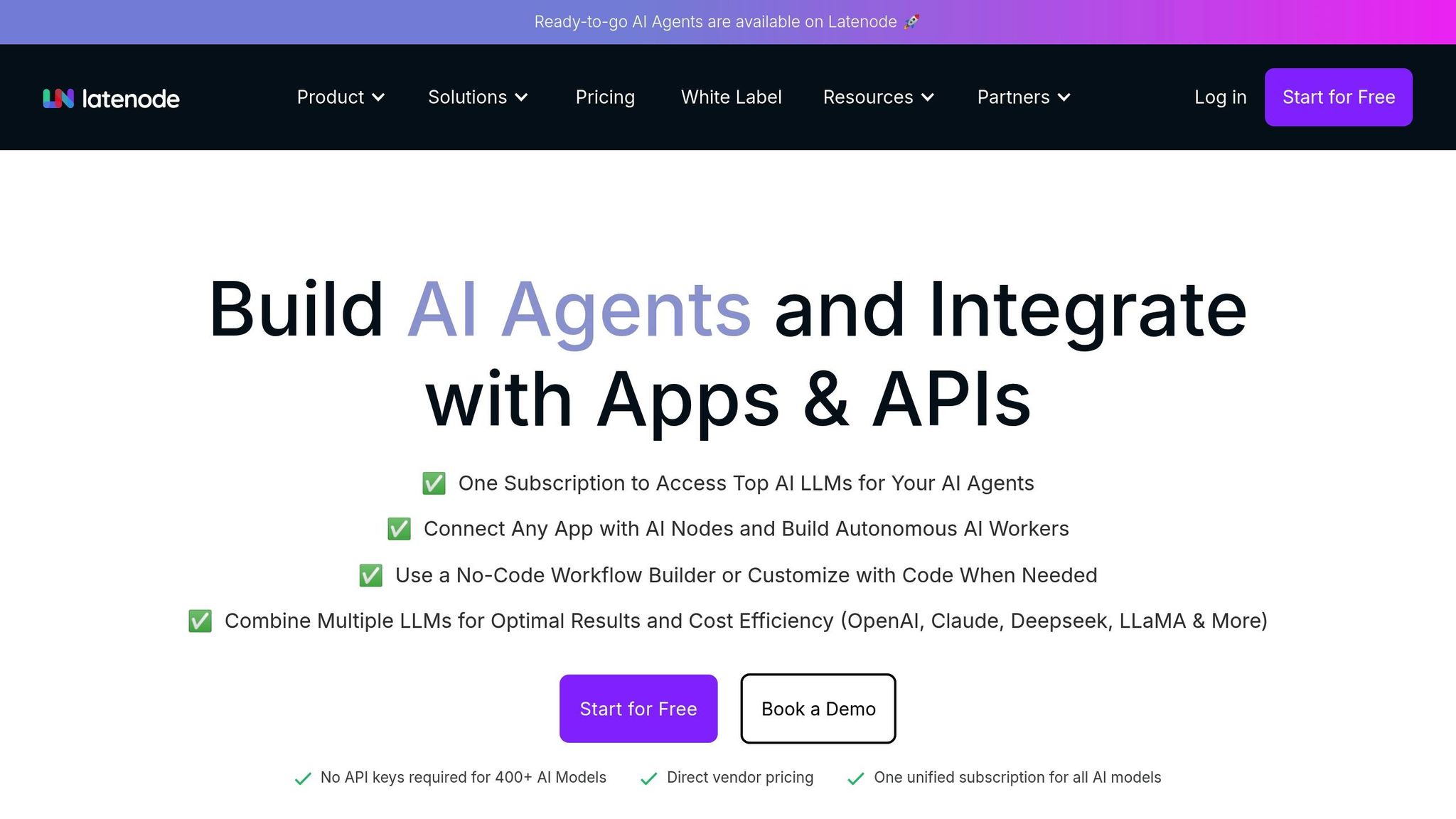


LinkedIn’s new AI recruiter agent is reshaping how companies hire. By automating tasks like candidate sourcing, screening, and personalized outreach, it helps recruiters save time and expand their talent pool. Early tests show a 50% reduction in sourcing time for some companies, with improved communication and better candidate matching. However, this shift also challenges job seekers to optimize their profiles and engagement on LinkedIn to stand out.
For recruiters, tools like Latenode enhance LinkedIn’s AI by enabling custom multi-platform workflows. For example, you can combine LinkedIn searches with automated tracking, email campaigns, and interview scheduling across platforms - all in one streamlined process. This approach ensures you don’t miss candidates outside LinkedIn’s ecosystem, while still leveraging its AI for precision.
Whether you’re hiring or job hunting, understanding how to navigate this AI-driven landscape is key. Let’s explore how LinkedIn’s AI works, its benefits, and how tools like Latenode can help you build smarter, more efficient recruitment systems.
LinkedIn's AI recruiter agent simplifies the hiring process by relying on three key mechanisms that enhance how recruiters find, engage with, and evaluate candidates.
The AI agent taps into LinkedIn's vast pool of profiles, using sophisticated algorithms to find potential candidates. It evaluates factors such as the completeness of profiles, engagement activity, skill endorsements, and professional connections. This allows it to uncover strong candidates who might not surface in standard searches.
Once potential candidates are identified, the agent screens them against job-specific requirements. It evaluates aspects like career progression, industry experience, and relevant skills, applying consistent criteria to minimize unconscious bias. Additionally, the system stores project-specific data - such as hiring manager input, candidate selection criteria, and communication history - to refine its recommendations for similar roles in the future [2]. With this streamlined process, the focus shifts seamlessly to reaching out to candidates.
After identifying suitable candidates, the AI agent generates tailored outreach messages. It uses profile details and historical data to craft messages that resonate with each individual and improve response rates over time.
The agent can initiate conversations, send follow-ups, and manage ongoing communication autonomously. It adjusts the tone and content of its messages based on factors like the candidate's industry background and level of seniority. While the AI handles much of the outreach, human reviewers play a role in validating its assessments and refining the process, ensuring continuous improvement [1].
The AI agent evolves by analyzing how recruiters interact with the platform. It observes search patterns, communication styles, and the criteria recruiters use during pre-screening, dynamically adjusting its approach to better meet varying needs [2][1].
For instance, the system tracks which candidates are selected for interviews, which messaging strategies yield responses, and which screening factors lead to successful hires. By incorporating this data, the agent becomes more aligned with each recruiter's preferences and hiring success patterns. While LinkedIn's AI focuses on its platform, similar principles apply to multi-platform strategies, such as those enabled by Latenode's recruiting workflows, which integrate seamlessly across various tools and channels.
LinkedIn's AI recruiter agent is reshaping hiring practices for both recruiters and job seekers, offering clear benefits while also presenting some challenges that require careful consideration.
One of the standout advantages for recruiters is the significant reduction in time spent on candidate screening. By automating tasks like cross-referencing skills, experience, and location, the AI agent minimizes the need for manual filtering. This efficiency allows recruiters to focus more on building relationships and making strategic hiring decisions.
Additionally, the AI tool can craft personalized outreach messages, further freeing up recruiters to concentrate on higher-level responsibilities. However, while these time-saving features are impressive, they also bring certain risks tied to over-reliance on automation.
The increasing use of automation introduces challenges that recruiters must address thoughtfully. A key concern is the potential loss of human judgment, especially for roles that require qualities like creativity or alignment with a company's values. Automated systems often rely on rigid keyword matching, which can inadvertently filter out candidates with unconventional or transferable skills.
Standardized messaging is another area of concern. While automation speeds up communication, it can lead to generic outreach that feels impersonal, potentially causing candidates to disengage. Solutions like Latenode help tackle this issue by enabling recruitment teams to integrate personalization into automated workflows, striking a balance between efficiency and meaningful interaction.
These shifts in recruitment processes also have a direct impact on job seekers.
For candidates, the rise of AI-driven hiring changes how they approach job searches. LinkedIn profiles now play an even more critical role, as the AI system prioritizes profiles that are complete and show consistent professional activity. This means candidates need to ensure their online presence reflects their skills and experience effectively.
However, the reliance on AI for initial screenings introduces an extra layer to the hiring process. While this can streamline applications for some, it may disadvantage candidates whose strengths are better showcased through direct, human interaction. For roles requiring creativity or nuanced skills, this added step could be a hurdle.
Recruitment teams are addressing these challenges by combining AI's speed with personalized reviews, leveraging tools like Latenode to build automated workflows that maintain a thoughtful evaluation process. This approach ensures candidates experience both the efficiency of automation and the fairness of human insight.
As AI-driven recruiting continues to evolve, both recruiters and job seekers are adapting their strategies. Optimized profiles, active engagement, and a balanced use of automation are becoming essential for navigating this new hiring landscape effectively.
LinkedIn's AI recruiter agent is already proving its value during beta testing, particularly in addressing some of the time-consuming aspects of hiring. For instance, senior talent acquisition partners at Siemens reported a 50% reduction in candidate sourcing time, showcasing how this tool speeds up hiring processes without compromising quality.
Beyond saving time, the tool is particularly effective for roles with complex or highly specific requirements.
LinkedIn's AI-Assisted Search replaces the traditional approach of converting job requirements into basic keyword filters. Instead of manually tweaking filters, recruiters can simply paste complete job descriptions or hiring manager notes into the search bar. The AI interprets the context, enabling it to go beyond rigid keyword matching.
This approach shines when identifying qualifications that may not be explicitly listed on a candidate's profile. For example, the AI is adept at finding individuals suited for roles requiring creative thinkers or cross-functional leadership. It also generates precise Boolean search strings, uncovering candidates that might otherwise be missed.
Beta testers reported an 18% increase in InMail acceptance rates, meaning candidates are more likely to respond positively to outreach [3]. This improvement in communication aligns with the system's ability to screen candidates effectively, ensuring recruiters engage with the right individuals from the start.
The Hiring Assistant focuses on identifying transferable skills, allowing recruiters to expand their candidate pools without sacrificing quality. For specialized roles, it can assess when experience in one industry translates effectively to another, opening up opportunities for candidates with unconventional but relevant backgrounds.
These advanced screening tools work seamlessly with platforms like Latenode, enabling recruiters to create integrated workflows that maximize LinkedIn's AI capabilities. For example, Latenode allows teams to build automated recruiting pipelines that handle large volumes of candidates while maintaining precise screening standards. By combining LinkedIn's AI with Latenode's automation, recruiters can streamline every step of the hiring process, from sourcing to final selection.

LinkedIn's AI recruiter agent is a powerful tool within its own platform, but many recruitment agencies are now going beyond its built-in capabilities. By combining LinkedIn's strengths with multi-source AI recruiting workflows, these agencies are creating more efficient systems that aren’t confined to a single platform.
Latenode empowers teams to build custom AI agents that integrate LinkedIn data with applicant tracking systems (ATS), email campaigns, and candidate assessments. Using its visual workflow builder, Latenode enables users to merge LinkedIn's AI features with other recruiting tools, making it possible to craft tailored, multi-platform workflows.
Latenode's visual workflow builder connects LinkedIn to over 300 other apps, allowing recruitment teams to design workflows that gather candidate data from LinkedIn, cross-check it with job board information, and automatically feed it into ATS platforms.
For instance, a workflow might look like this: LinkedIn AI Search → Google Sheets → OpenAI ChatGPT → Email. This process takes candidate lists generated by LinkedIn’s AI, stores them in a centralized spreadsheet, uses AI to create personalized outreach messages based on each candidate’s profile, and sends automated follow-up emails.
Additionally, Latenode includes a built-in database feature, enabling teams to maintain detailed candidate records across campaigns and roles. This creates a continuously expanding talent pool, eliminating the need to start fresh for every new job opening.
With support for over 200 AI models, Latenode allows recruitment teams to enhance LinkedIn’s capabilities. While LinkedIn excels at identifying candidates, Latenode workflows can incorporate advanced tools for screening, generating interview questions, and scoring candidates based on company-specific criteria.
Latenode's AI Code Copilot simplifies complex data transformations, generating JavaScript code to help integrate LinkedIn’s candidate data with ATS platforms that may have unique fields or formatting requirements. This feature is particularly useful for tailoring workflows to meet the specific needs of a company’s hiring process.
Recruitment teams are already using Latenode to create workflows that extend LinkedIn’s functionality. A typical example involves linking LinkedIn’s candidate data to scoring systems, automating the scheduling of initial screening calls, and notifying hiring managers through platforms like Slack or Microsoft Teams.
Latenode takes automation a step further by handling repetitive recruitment tasks. Its headless browser automation can manage manual activities like updating candidate statuses, scheduling follow-ups, and coordinating communication across multiple platforms.
Webhook triggers enable real-time responses to candidate actions. For example, if a candidate responds to a LinkedIn message, Latenode can instantly trigger follow-up actions such as sending additional details, scheduling interviews, or updating the candidate’s ATS status.
Recruitment experts anticipate that multi-platform AI strategies will become increasingly essential. Latenode’s pricing structure makes it accessible for teams of all sizes, starting with free plans that include 300 monthly execution credits and scaling to custom enterprise solutions. This flexibility allows teams to automate complex workflows without worrying about per-task costs.
Latenode’s parallel execution capabilities are another standout feature, enabling large-scale recruiting campaigns to process multiple candidates at once. This significantly reduces the time between sourcing and initial outreach - an invaluable edge in today’s competitive hiring landscape.
The recruitment industry is undergoing a significant transformation as AI tools, such as LinkedIn's recruiter agent, pave the way for a new era. Hiring professionals are preparing for a future where multi-platform AI strategies are essential to stay ahead, while also navigating evolving regulations around AI-driven hiring. This shift highlights the importance of creating workflows that integrate seamlessly across multiple platforms rather than relying on a single tool.
LinkedIn's AI recruiter agent is a powerful tool within its ecosystem, but relying solely on one platform can limit the scope of a recruitment strategy. To overcome these limitations, many recruitment teams are combining LinkedIn's capabilities with broader automation platforms that streamline workflows across various channels.
For instance, a multi-platform workflow might start with LinkedIn's AI identifying potential candidates. From there, automation can cross-reference these candidates on other job boards, initiate background checks, and feed enriched profiles into applicant tracking systems. This approach ensures that no talent pool is overlooked.
Platforms like Latenode simplify the creation of such workflows with its visual builder, enabling recruitment teams to design complex systems without requiring extensive coding skills. The advantage lies in the depth and flexibility of data integration. While LinkedIn's AI focuses on insights within its network, broader automation platforms can incorporate data from multiple sources, resulting in more detailed candidate profiles and refined outreach strategies. These capabilities complement the ongoing shift toward custom automation in recruitment, helping teams achieve better results.
As AI becomes a central part of hiring processes, regulations are evolving to address its implications. In the United States, the Equal Employment Opportunity Commission (EEOC) has issued guidelines emphasizing that employers remain accountable for discriminatory outcomes, even when AI tools are involved.
To ensure compliance, recruiters must maintain detailed records showing how AI systems make decisions. This includes tracking data points that influence candidate scoring and monitoring whether certain demographic groups are inadvertently excluded during the screening process. Transparency and fairness are essential.
Building AI workflows with compliance in mind involves incorporating mechanisms to detect bias and conducting regular audits of algorithms. Latenode's execution history feature allows recruitment teams to review every step in their automated processes, making it easier to identify and correct potential compliance issues before they become problems. Additionally, workflows must align with laws like the California Consumer Privacy Act (CCPA) and provide candidates with clear information about how their data is used.
Recruitment professionals who thrive in an AI-driven landscape are those who see these tools as enhancers of human judgment rather than replacements. The real advantage lies in using AI strategically to tackle recruitment challenges in new and effective ways.
Tools like Latenode empower recruiters to combine AI insights with human intuition, ensuring that automation enhances efficiency without losing the personal touch where it counts. With access to over 200 AI models, Latenode gives teams the freedom to select the best tool for specific tasks, whether it’s assessing technical skills, evaluating compatibility with company culture, or crafting personalized outreach messages.
Success in this evolving landscape requires professionals to stay curious, continuously learn, and experiment with new AI capabilities. Those who adapt their workflows and embrace emerging tools will be better positioned to solve challenges that others may overlook.
Ready to elevate your recruitment strategy? Explore Latenode's custom automation templates for AI-driven hiring workflows.
To make an impression in an AI-powered recruitment process, it’s essential to focus on integrating relevant keywords from the job descriptions you’re targeting. AI systems are designed to prioritize profiles that feature industry-specific skills and terminology, so tailoring your language to match the role is key.
Make sure your headline and summary emphasize your core strengths and align closely with the positions you’re pursuing. This not only helps AI tools recognize your profile but also grabs the attention of human recruiters.
Your profile should be concise and polished, showcasing your achievements with measurable outcomes. Use bullet points to present your responsibilities and accomplishments in previous roles, making your experience easy to digest at a glance. Lastly, keep your profile current by routinely updating it with new skills and milestones, ensuring you remain visible and relevant to both AI systems and hiring managers.
Relying too much on LinkedIn's AI recruiter agent can bring about several challenges. One major concern is that AI systems, if not carefully managed, might unintentionally amplify existing biases. This could result in unfair or even discriminatory hiring practices, undermining the goal of creating a fair and inclusive workplace.
Another issue is the diminished role of human judgment. Over-dependence on AI might cause recruiters to overlook highly qualified candidates who don’t align with the AI’s predefined criteria. Human intuition and insight often catch qualities that algorithms might miss, making them essential in the hiring process.
Privacy and legal compliance are additional risks. If the AI tool isn’t properly handled, it could lead to breaches of sensitive information or violations of hiring regulations. Striking a balance between AI-driven efficiency and human oversight is key to achieving fair and effective hiring outcomes. Ethical practices and careful monitoring ensure that technology supports rather than hinders the recruitment process.
Latenode empowers LinkedIn's AI recruiter agent by allowing recruiters to set up automated workflows that connect LinkedIn with key tools like applicant tracking systems (ATS), email marketing platforms, and candidate assessment software. This integration helps hiring teams coordinate recruitment efforts across various platforms, making their processes smoother and more efficient.
By using Latenode, recruiters can design custom AI-driven pipelines that extend beyond LinkedIn, creating a recruitment strategy tailored to their specific needs. This approach equips professionals to navigate the ever-changing hiring landscape with greater efficiency and precision.



